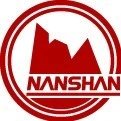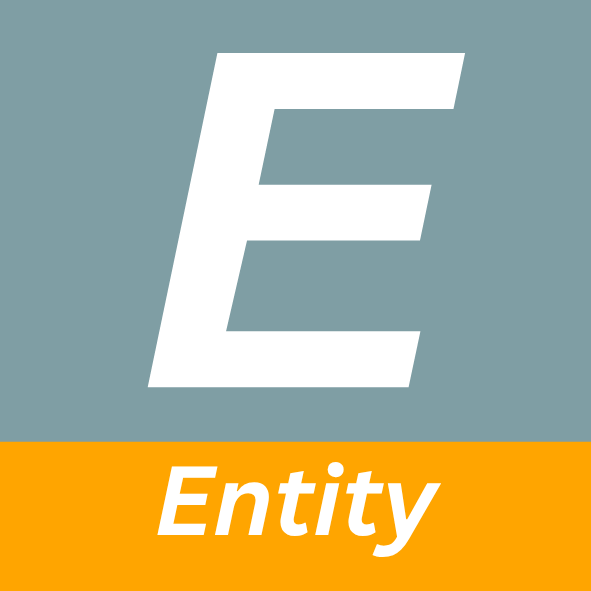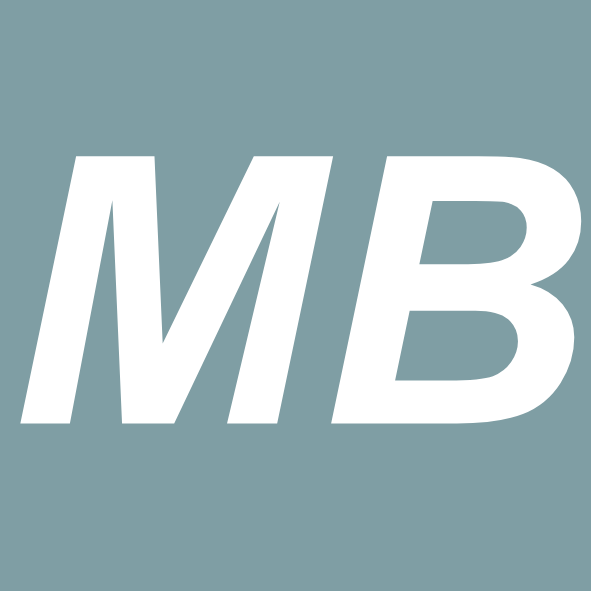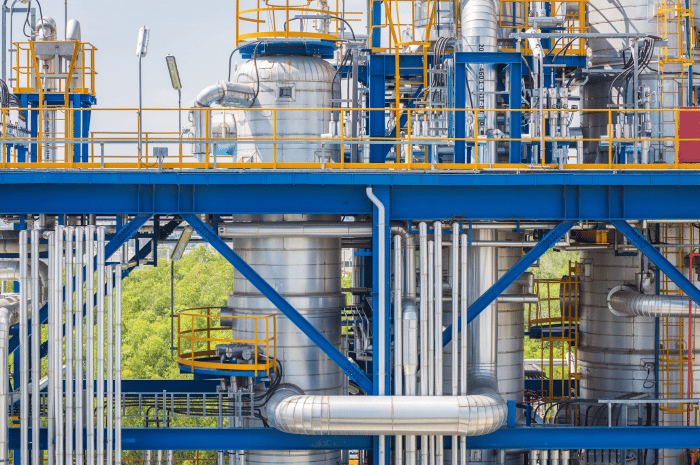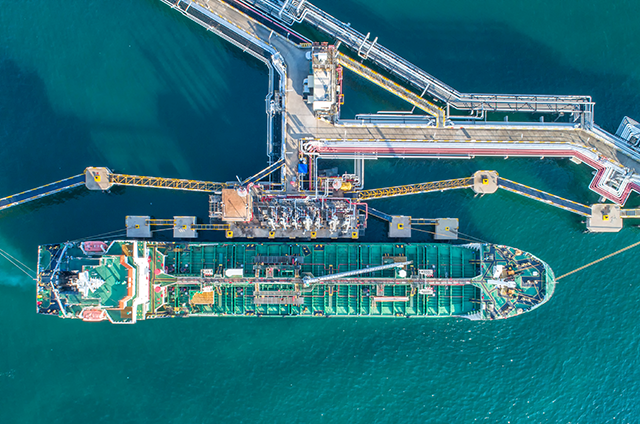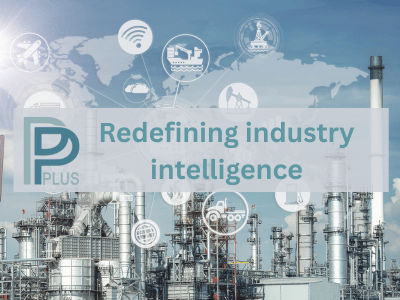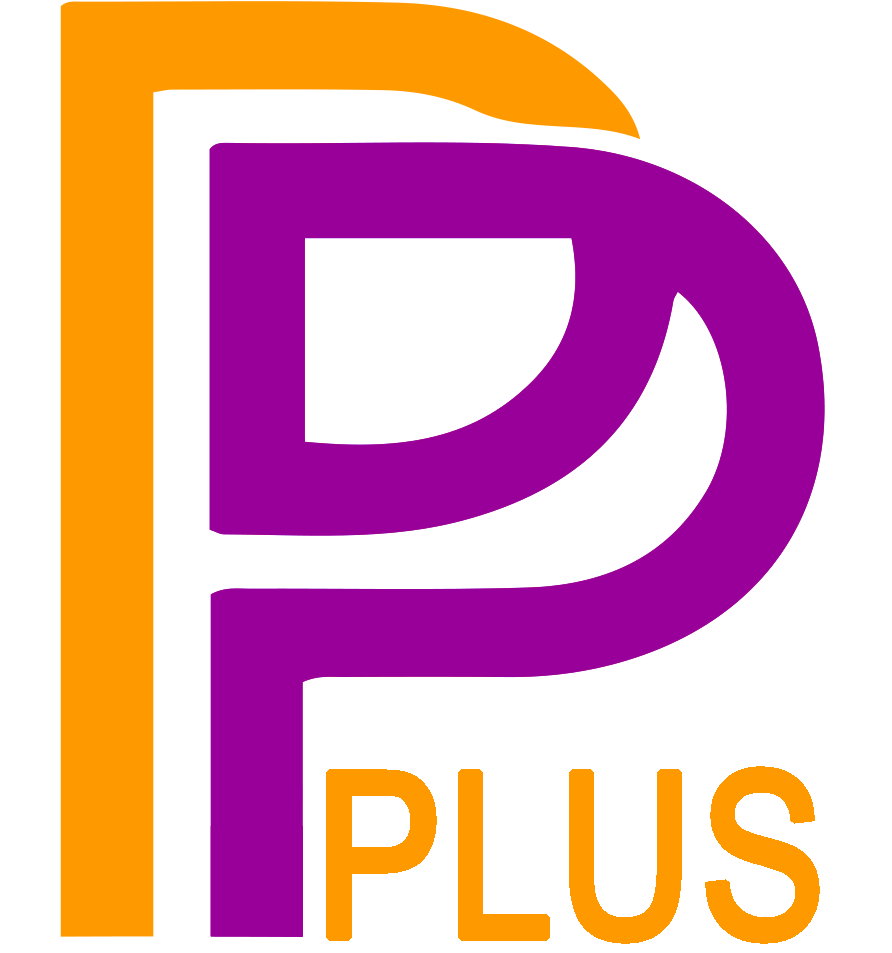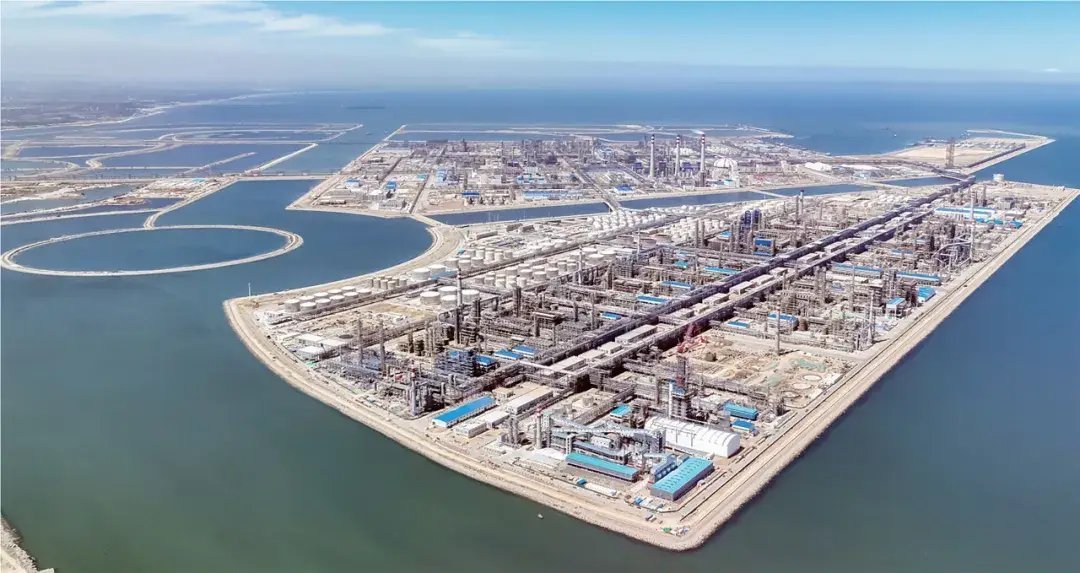
Shandong Yulong Petrochemical site aerial view | Credit: Sohu (Jan 21, 2025)
The Yulong Island complex was conceived as a landmark project for Shandong Province's industrial transformation, implementing the regional strategy to consolidate approximately 26.96 million tons of decentralized refining capacity from smaller refineries. The project received environmental assessment approval from China's Ministry of Ecology and Environment in September 2020, and construction officially commenced in October 2020 with a total investment of RMB 127.8 billion (approximately $20 billion USD).
The development plan encompasses a total capacity of 40 million tons per year of crude oil refining, to be implemented in two phases. Phase I, which is currently under commissioning and startup, includes 20 million tons per year of crude oil refining capacity, 3 million tons per year of ethylene production, and 3 million tons per year of mixed xylene capacity.
The complex is strategically positioned on a man-made island and connected via a 105-kilometer crude oil pipeline from Yantai Port's Xigang District, with a capacity of 20 million tons per year, which became operational in 2024.
A tentative technology stack is proposed here.
Strategic Positioning
The Yulong complex represents China's fourth major integrated refinery-chemical complex built since 2018, following similar projects by Hengli Petrochemical, Rongsheng Petrochemical, and Shenghong Petrochemical. The facility is designed with high chemical conversion rates, producing a significantly higher proportion of petrochemicals relative to fuels compared to traditional refineries, thereby capturing higher-margin products.
The project consolidates the Shandong refining sector by replacing 10 smaller independent refineries with a combined capacity exceeding 558,000 bpd, while also taking over their 13 million metric tons per year of crude import quotas. For 2024, Shandong Yulong Petrochemical received a crude oil import quota of 8.3 million metric tons.
Current Status and Future Plans
As of November 2025, the Phase I facilities are progressively coming online, with both crude distillation units operational and multiple downstream petrochemical units in production or commissioning stages. The complex has begun selling products including gasoline, diesel, mixed xylene, and various polymers into the domestic market.
A second phase is under planning and will likely include an additional 20 million tons per year of refining capacity and further downstream chemical plants. In July 2025, the company announced plans to invest over $16 billion to expand petrochemical production, focusing on converting feedstocks such as ethylene and propylene into specialized materials including super absorbent polymers and biodegradable plastics for automotive, electronics, and packaging industries.
